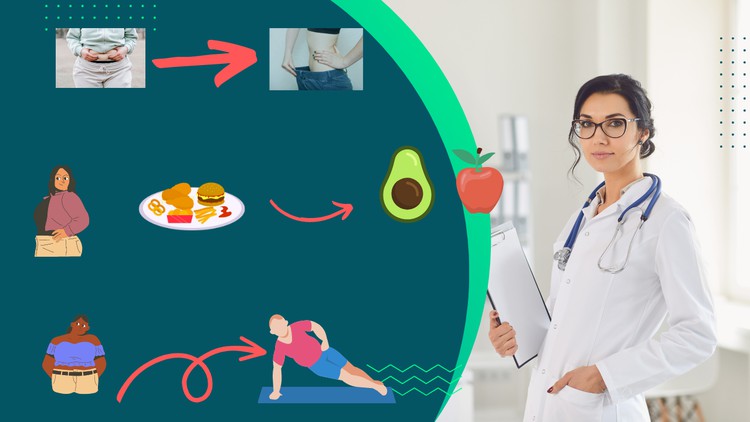
End to end Fat Management Master Class
What you will learn
Students will learn about the basic understanding of fat and how fat can be stored in the blood vessels
Can cause damage. shown clear pictures and illustrations for easier understanding.
What are the benefits of fat
What are all the ill effects of fat have been explained and how fat is a source of energy has been first explained to the students
Symptoms, remedies and prevention to take care of fat have been explained with pictures in awareness.
Also, this course teaches about different types of fat starting from monounsaturated fat,
Saturated fat, trans fat with pictures and an easy understanding and what all the food items we can avoid to keep ourselves healthy
Description
About this Master Class
This course teaches students about the Basic understanding of fat and how fat is being stored in our body and all the regions in which the fat storage happens have been explained. Also, this course teaches about different types of fat starting from monounsaturated fat, saturated fat, trans fat with pictures and an easy understanding and what all the food items we can avoid to keep ourselves healthy and fit. A measure was also given for men and women on how much fat we can keep and what is the waistline we can keep and what is the BMR we need to keep to make sure we’re in the feet in an ideal way in our life forever.
Benefits of the Master Class:
- Students will learn about the basic understanding of fat and how fat can be stored in the blood vessels and can cause damage. shown clear pictures and illustrations for easier understanding.
- What are the benefits of fat and what are all the ill effects of fat have been explained and how fat is a source of energy has been first explained to the students and then the bad effects have been taken.
- Symptoms, remedies and prevention to take care of fat have been explained with pictures in awareness.
- Also, this course teaches about different types of fat starting from monounsaturated fat, saturated fat, trans fat with pictures and an easy understanding and what all the food items we can avoid to keep ourselves healthy and fit. Also, a Harvard study Case study has been explained with a simple explanation of what is mono and saturated fat monounsaturated fat, and then saturated fat and trans fat with examples and pictures of foods that we consume wrongly.
- A measure was also given for men and women on how much fat we can keep and what waistline we can keep and what BMR we need to keep to make sure we’re in the feet in an ideal way in our life forever. For men, it is 10 to 20% and for women, it is 20 to 30%. The waist line which needs to be kept is at 90 cm and women need to keep 80 cm to keep fit and healthy.
- Where the fat goes and accumulates in your body under the knees under the ticks under the belly behind the shoulder behind the arms has been shown with pictures and how certain physical exercises can be done to correct those has been explained.
- What are all the healthy foods for vegetarians or non-vegetarian that can be taken to keep our fat levels low?
Content